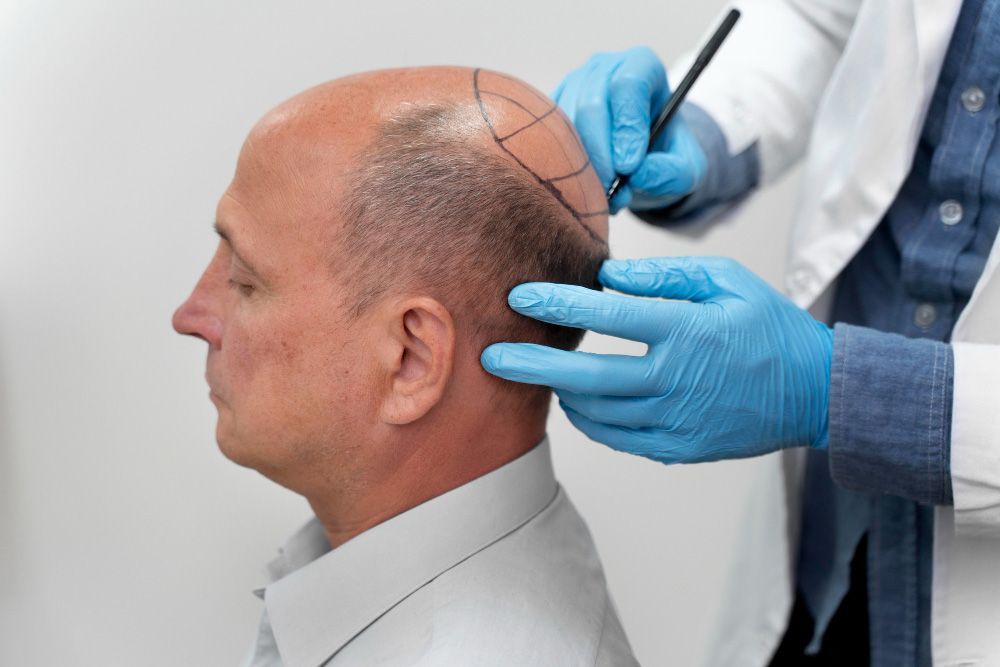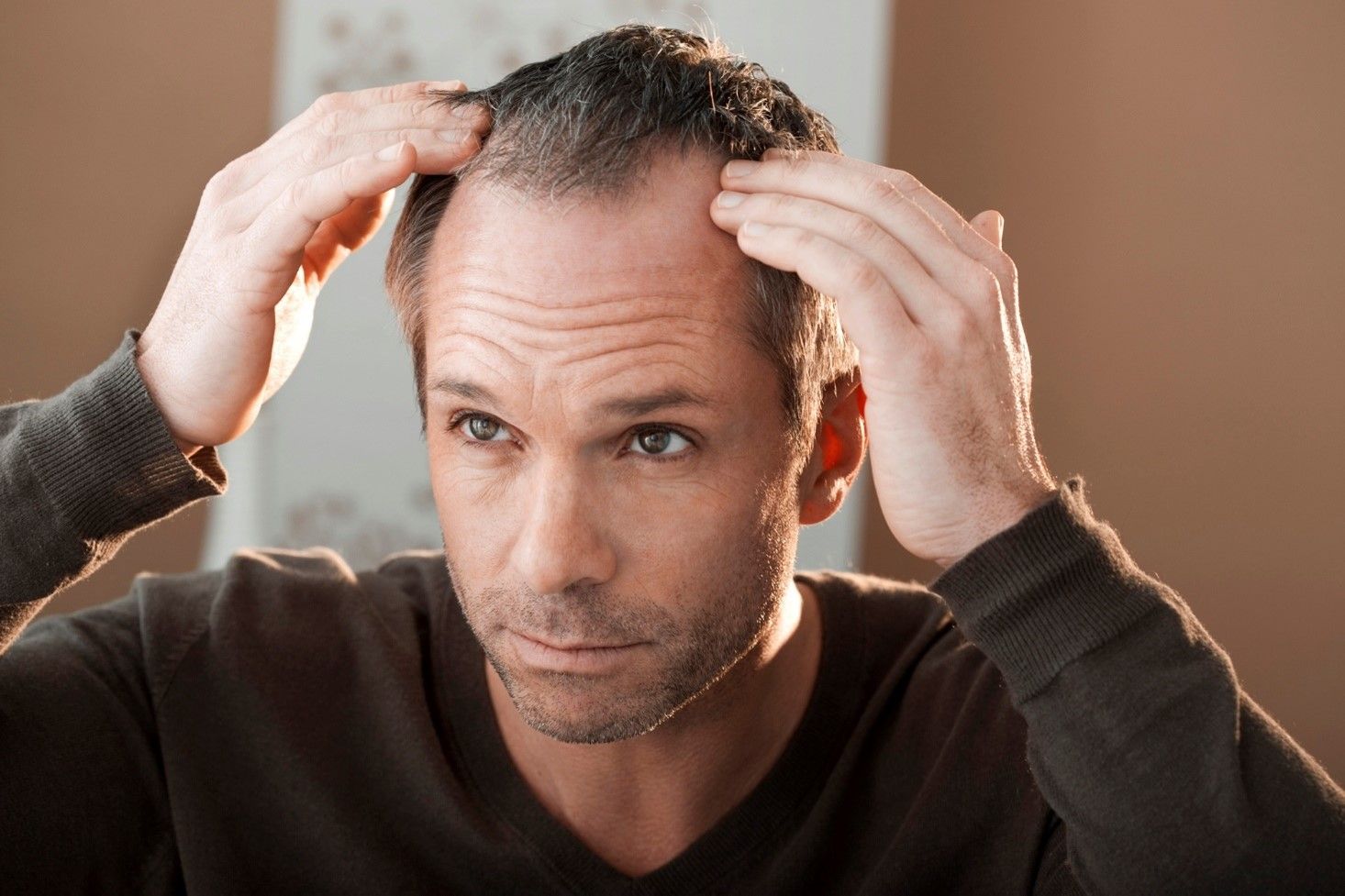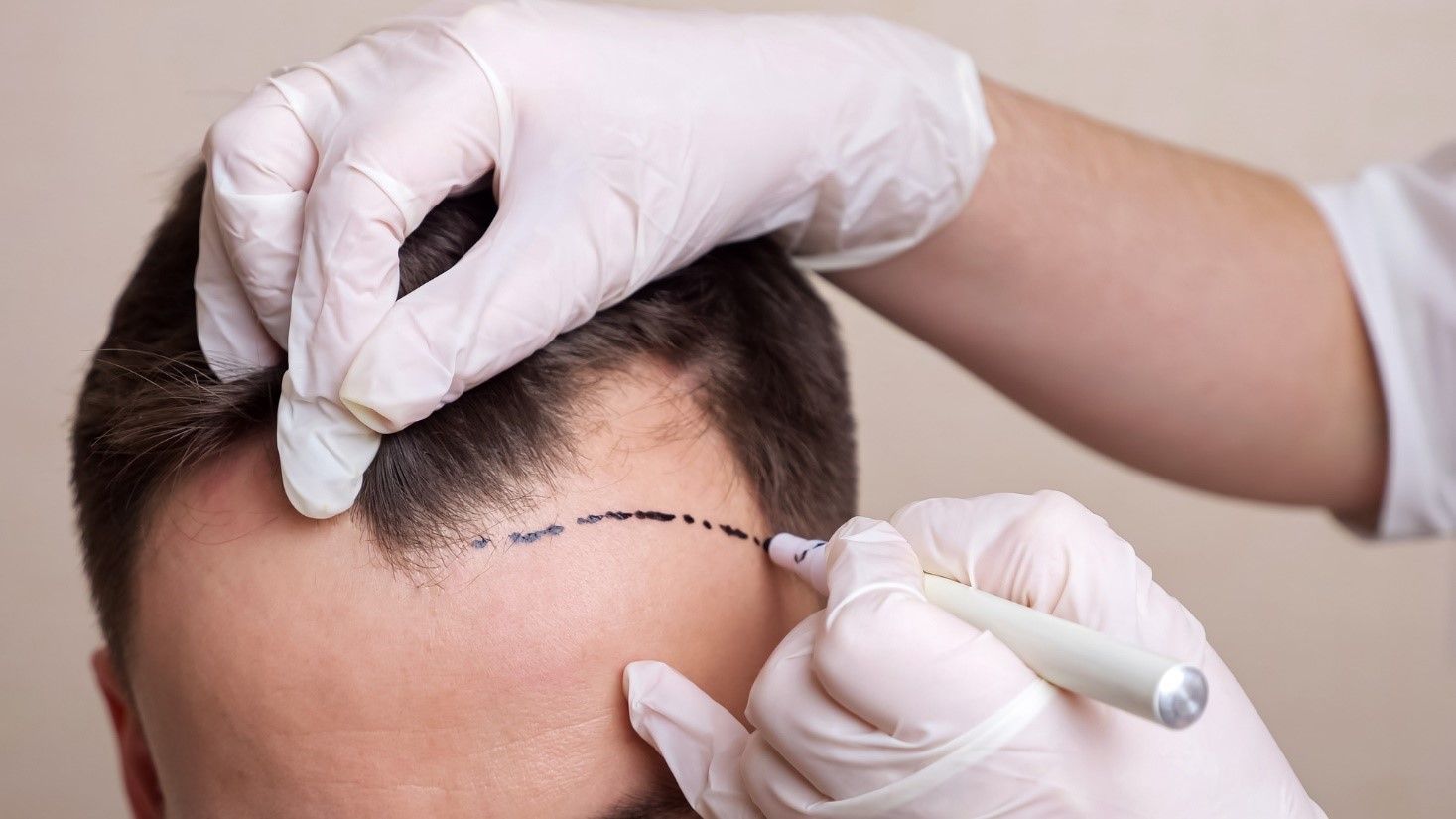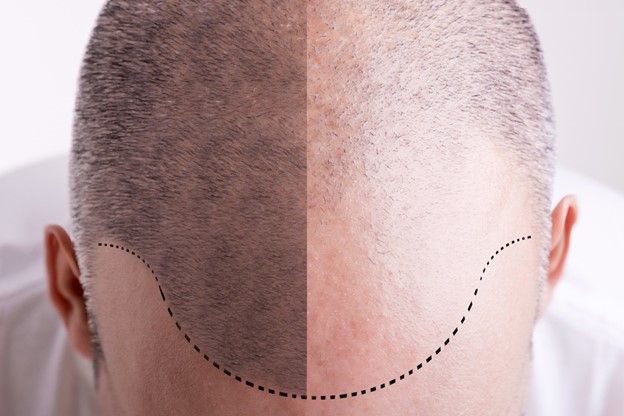News from Hair Surgery Meeting in Amsterdam

Dr. Cotterill’s Report from the Hair Surgery Meeting in Amsterdam
August 14th, 2009
I returned recently from the biggest annual hair surgery meeting of the year, where I was an invited speaker and moderator. In my last blog I posted that I would report on the status of some new research going on:
Stem Cell Multiplication
This is where permanent cells from a patient’s own hair follicle are extracted and then expanded/multiplied in cell culture and then injected back into the patient’s own scalp, at which time a new hair follicle is induced to form. This has the potential to be very exciting for people with extensive hair loss and little of their own hair to transplant. The added benefit would be an unlimited amount of a patient’s own permanent hair taken from only a single extraction site. Unfortunately the predictability of this technique is not consistent. As a result, the companies that are doing the clinical trials are looking at new ways of inducing cellular growth in a manner that is more predictable, consistent and reproducible. Much more work needs to be done before this technique becomes main stream.
The consensus on low level light lasers that are being used to stimulate hair re-growth and improve existing hair showed that there is no consensus on long term multi-centered regulated studies yet to indicate how often lasers should be used, at what intervals, and at what wave lengths. More and more reports are offering the potential benefits but third party unbiased studies still need to be presented.
Current research on females with female pattern hair loss is pointing to a potential immune-based cause that could trigger inflammation with resulting scalp hair loss. More studies needed to be completed but there may be a place for treatments in women using topical anti-inflammatories and low level light lasers.
Bimatoprost, a prostagladin analogue, used in the treatment of glaucoma has recently received FDA approval in the Unites States as a medication to increase the length, density and pigmentation of eyelashes. This medication will likely be approved soon in Canada. Research is underway to assess the influence of prostaglandin receptors on the scalp at improving scalp hair. This could have positive benefits in the future and could be quite exciting.
Please contact me with any questions you may have regarding this blog. I would be happy to answer you. I will be posting more updates from the recent hair meeting.
Dr. Cotterill











